Tarahumara means “the one with light feet” and Rita Patiño, the protagonist of The Woman of Stars and Mountains honors her indigenous Mexican community, who crosses the state of Chihuahua, beating astonishing distances on ultra-distance trails that take her far away. Far away in the distance and far away from her small society where adapting is not an option. Santiago Esteinou’s magnificent documentary, which premiered in the Newcomers section of the 25th Thessaloniki Documentary Festival, shows us Rita’s extraordinary journey and her failed life adventure in a film with powerful writing, but with enough modesty for its protagonist to shine throughout.
This indigenous woman, who arrived on foot in the city of Manter (Kansas), was admitted to a psychiatric hospital and medicated for twelve years, because no one cared to understand her language, not even when she expressed herself in her limited Spanish. Thanks to a human rights organization, it was possible to determine her origin and return her to her community where, severely affected by the consequences of her unnecessary treatment, she lived with her niece Juanita in precarious conditions.
During the Festival, we had the opportunity to talk with Esteinou, who explained the details and difficulties of the filming, its genesis, and the situation of indigenous minorities and their hundreds of indigenous languages in Mexico today. The narco, which permeates all areas like an oil slick, the violence, the danger that threatens the natural paradises of the region and the way of life of its inhabitants, as well as the lack of understanding that Rita suffered throughout her life, were also issues that came to the surface in a stimulating talk, which made us want to learn even more about what Esteinou told us in her film.
We discussed with the director that this indigenous sport has an important value in The Woman of Stars and Mountains, because it is a way of living in this spectacular environment, the peaks and canyons, and he adds that It is also a cultural issue, I can’t imagine another community that attaches such importance to sport, it is like the Olympics for the Greeks and it is practiced in an imposing setting, with an amazing difference in altitude, where there are microclimates, you find both tropical birds and eagles on the snow-capped peaks. The Tarahumara families had two houses, one at high altitudes for summer and one in the canyon for winter. Unfortunately, now organized crime is controlling the sierra, and there is a displacement because they are taking over their land, just like that. They give them two hours to leave or they kill them and all their animals.
We can see this in the film in the case of Rita’s niece, Juanita, who is threatened with being thrown out of her house and decides to return to the mountains, When we started working with them they lived in that little house in Chihuahua, and they threatened them, says Esteinou. It was the same person who started manipulating her children and introduced them to that life, from the beginning of the filming when they were normal kids, we saw them degenerate into turning against their mother, going around all day high, and ending up with drug-damaged brains, unable to hold a conversation. Luckily, they both find some peace by returning to their origins; it’s a precarious life too, but it’s easier to get food there, and without the pressure of the city.

The film, which begins with an unprecedented situation and prepares us to understand the circumstances of medical malpractice with terrible consequences, touches on various themes, which unfold organically, like the branches of a tree. It deals with mental health, but also with the condition of women in this community. The spectator gradually enters the universe of The Woman of Stars and Mountains, her background, her lack of adaptation, the loyalty of her caregivers. Rita is a free woman, who has a son without a father, who wants to fly, who knows medicinal plants, knows how to heal and is free, likes to run, and metaphorically, this flight is punished by confinement. They used to be called witches… Yes, it’s true, confirms the director, in the village there is a man called Procopio who says that she was the village sorceress, but at first, they say the opposite, that she is bewitched by a tea root they gave her. It’s a different explanation, but apparently, she experimented, and we will never know the exact answer, we show the views, but she herself never explained it to us. She didn’t really have much lucidity after the treatments, she had it at times, and also her mouth was very deteriorated, it was very difficult for her to articulate and on the other hand we needed an interpreter for the transcriptions, there were three people with headphones…, it was really very difficult, it is a rare language, which has five variants, they speak the western one and that added to their diction.
Officially, in Mexico there are 68 different languages. Yes, imagine if they can’t protect them, how can they protect all the dialects? For its part, Spain is an example in the rescue of indigenous languages, from the Franco prohibition to being able to use them as a vehicular language in education. In Mexico, it is a disaster and if we do not adopt a similar model, we will be like the United States with its indigenous languages. In my country, moreover, there is discrimination against the people who speak them, social stigmatisation, and if they go to the doctor they will find it difficult to make themselves understood if they do not speak Spanish and do not have a family member to interpret for them.
In the film, only one person noticed what Rita spoke in Kansas, but her report was not taken into account. Yes, and in the other reports it was noted that she spoke a gypsy language or Portuguese. No one cares about her or understands her when she speaks, but they dare to claim that she is a danger to herself and that what she says indicates psychosis. At first, she manages to communicate with a nurse and tells her “I’m from Mexico, from Chihuahua” and they contact the consulate, but they don’t answer and the investigation stops there. The information was lost in the bureaucracy and buried. Twelve years later, the representative of the human rights organization wonders why the woman is there and looks into the complete file. She looked for someone from Chihuahua, first, they found an anthropologist from New Mexico, who confirmed on the phone what language she spoke.
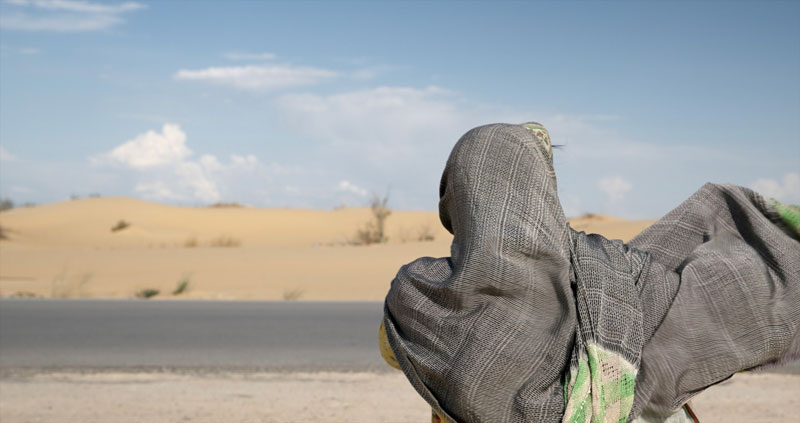
The hospital did not provide any facilities during the shooting and refused to collaborate with Santiago Esteinou’s team, whom we asked how the information could be accessed: The court documents are public, they are the ones that were used in the lawsuit, which, on the other hand, was not well thought out. There were 26 people sued in the same process (social workers, doctors, the director of the hospital, psychologists) and that was a mistake. In the transcripts, we can perceive the judge’s anger. It was not a good legal strategy because the different charges were not clearly indicated, and those who could got off free. In addition, Rita did not want to return to the United States to testify and an expert Tarahumara psychiatrist was needed to evaluate her. The case stalled in court.
The question was her right not to be medicated, which was not respected, She is not informed of what they are going to give her, nor of the consequences, and the director specifies that The other question was: Is this woman really a danger to herself, so she has to be locked up in a hospital for 12 years or not? But then you needed two people, one to act for the state and one for the defense, but they only found one in the US and he couldn’t play both sides. At one point in the transcript, we read that the enraged judge demands a way out of the situation. And then the issue of liability insurance comes in. That is, they examine the insurance policies for medical malpractice, see how much each one will pay, and reach an agreement. With the compensation that was agreed upon, Rita Patiño would have been able to lead a carefree life and even benefit her community, she would not have had enough time to spend the money, but the vulnerability that came with her social background and her origin prevented her from protecting her interests.
The Woman of Stars and Mountains unravels its layers from beginning to end, providing valuable information about Rita’s surroundings, her past, the nature that surrounds her community, and although the power of its opening leads us to believe that we have already seen the most shocking part, the film still continues to enrich itself. As for the landscape, Axel Pedraza‘s photography portrays it with a beauty that contrasts with the harshness of the story. The director tells us about the difficulties of a shoot that had some surprising moments, When we arrived at the sierra we were amazed, the photographer said “This place is paradise”. The canyon is a natural wonder, much bigger than the part you see in the film. Also, there were coincidences, like that moment of the funeral ceremony, when at dawn a cross is planted and we had the sun rising behind it, which we didn’t spend three days waiting for it to be like that. We knew we had to get up at five in the morning, because the ritual began, and that day the God of cinema was there.
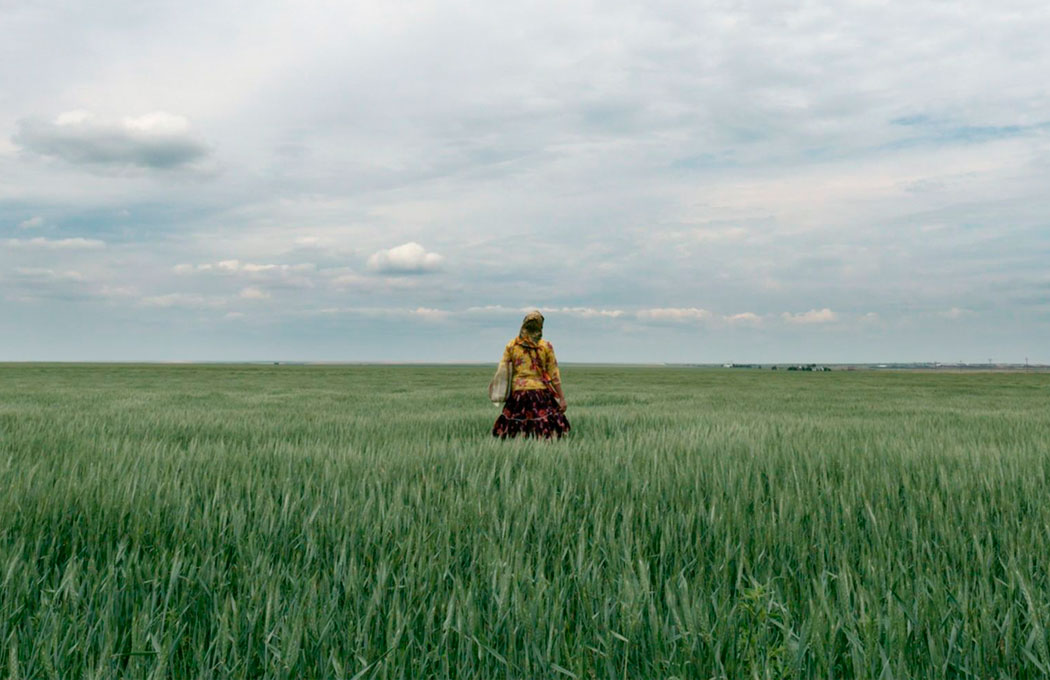
The issue of religious syncretism, the synthesis between pre-Columbian spirituality and Catholicism, is at the basis of their beliefs, and it appears in the film, as Esteinou explains, It’s very beautiful. And that happens with all indigenous peoples, who have a mixture of beliefs and cosmovisions. The Tarahumara believe that we come from the stars and go back to them. That’s right, when they come into the world, men are given three souls and women four, because they need an extra one to endure the pain of childbirth. When someone dies, a feast is held to help each soul go up to the stars, but in Juanita’s community, as it is particularly poorer than the others, only one is held, after three years, because it involves a lot of production. Among other rites, a cross is placed at dawn, covered with a veil, and an arch is made which, in reality, has the function of being a portal to connect the two worlds, as my mother, who is an anthropologist, explained to me. In that portal, they place a small table with indigenous medicines, oil, seeds that they use for healing, and various animals are sacrificed.
The production of The Woman of Stars and Mountains was particularly long and complex, the shooting lasted from 2017 to 2021: Between the pandemic and the narco, who controlled the area, it was very complicated. I also felt a lot of responsibility, because these people don’t have access to medicine. We didn’t simply take COVID-19 tests, we preferred to wait until they were vaccinated. Santiago Esteinou’s interest in Rita’s story came from his own condition as a runner. I went to see her for the first time without a camera, I just wanted to talk to her because I knew her story through a book I had read, “Born to Run” (Christopher McDougall). I think on page 82 there is a sentence that talks about a woman who ran from Chihuahua to Kansas, where she was locked up in an insane asylum. I said to myself: “This can’t be true”.
From that sentence that contains a film, the director researched in a trial database, where he found the federal appeal case, Obviously, when it was ruled in the Court at the state level, there was an appeal. And so, I called the federal court, which sent me the documents and from there I was able to locate the state appeal documents. Later, I told a friend about the idea for the film and one day she called me at the office to tell me that she had located her in Chihuahua. I went there and told Juanita, Rita’s niece, that I wanted to make a film, for which I counted on a script written with Javier Campos.
The film has a Tarahumara subtitled version, understandable in all dialects, which will be screened throughout the sierra. Juanita has only seen bits and pieces of the film, she is a caring character who showed unconditional love. The look at the woman who took in the helpless Rita, as well as the observation of her community, is very respectful, the director is not afraid to take a distance at times, to distance himself elegantly from the intimacy he portrays. The resources used, for example, focusing on a family portrait with the background sound of a noisy quarrel, so as not to intrude, Or filtering Rita through a mosquito net… this was Axel’s idea.
Before saying goodbye in the former Thessaloniki warehouse, the Mexican director spoke to us about his next project, which picks up on the theme of his first film, I’m thinking of making part two of “Los años de Fierro”, which was also shown here in its world premiere, the continuation of the story of César Fierro, a person unjustly sentenced to death in Texas, who spent 40 years in solitary confinement in the worst prison in Texas, for a crime he did not commit.

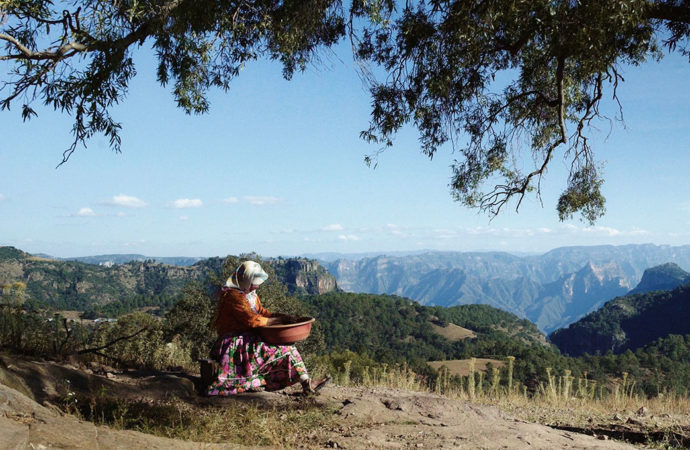

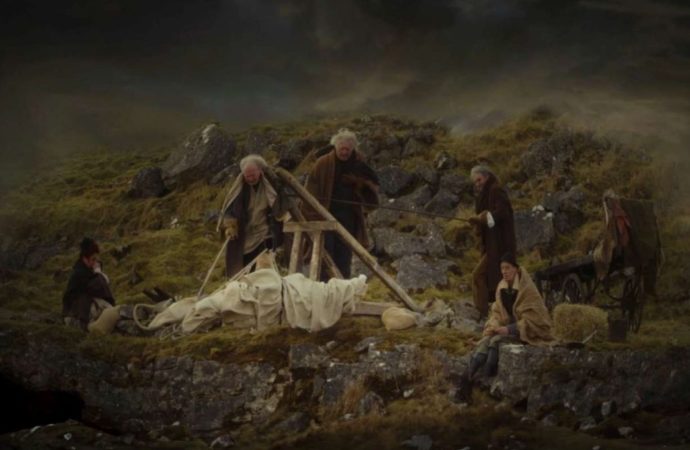



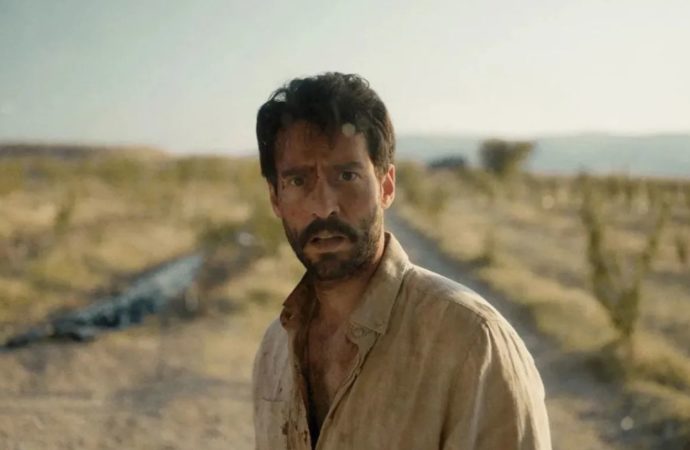
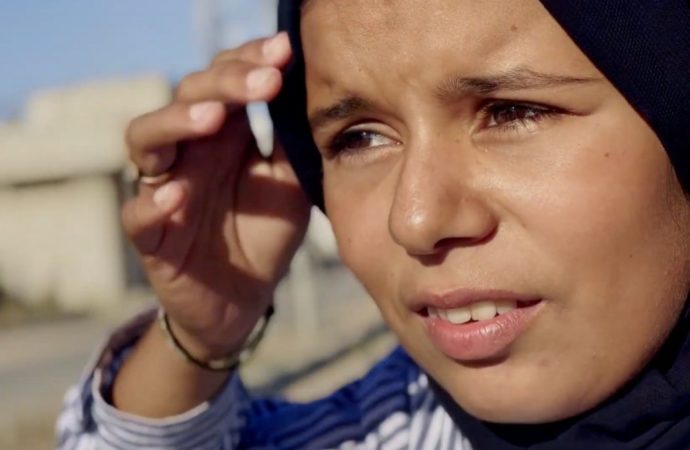
No one has posted any comments yet. Be the first person!